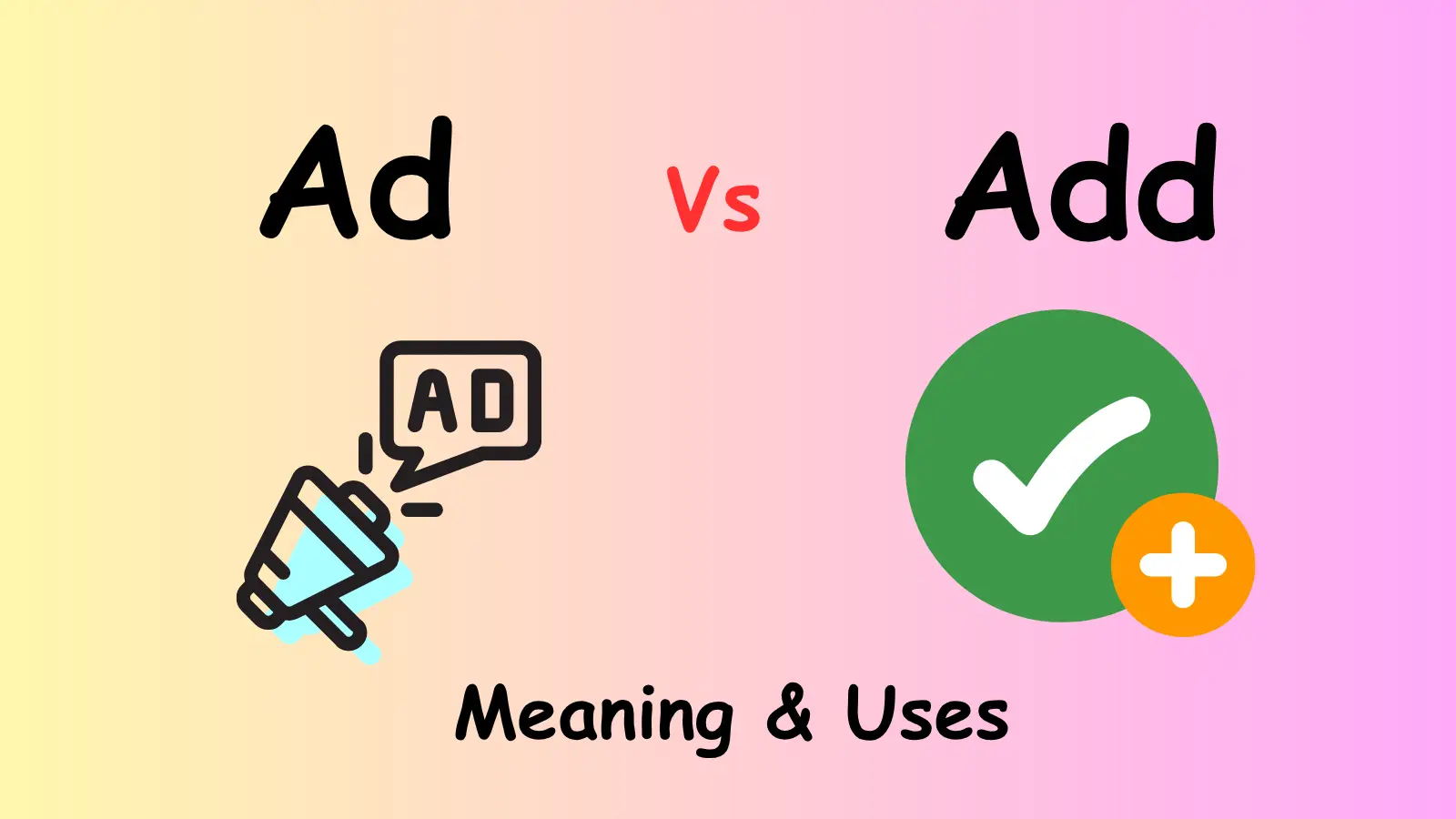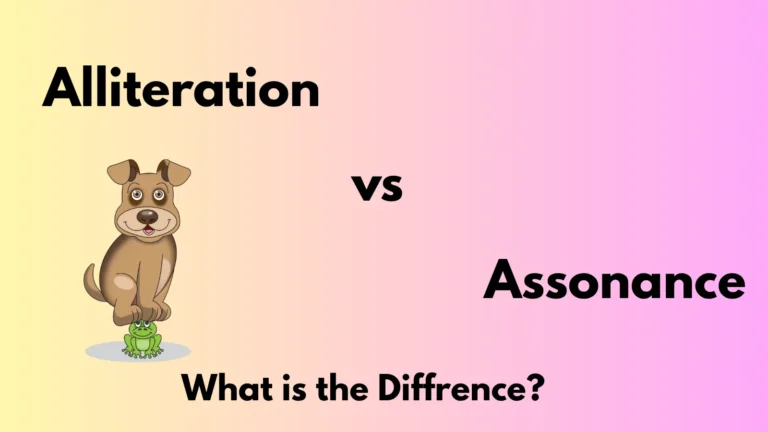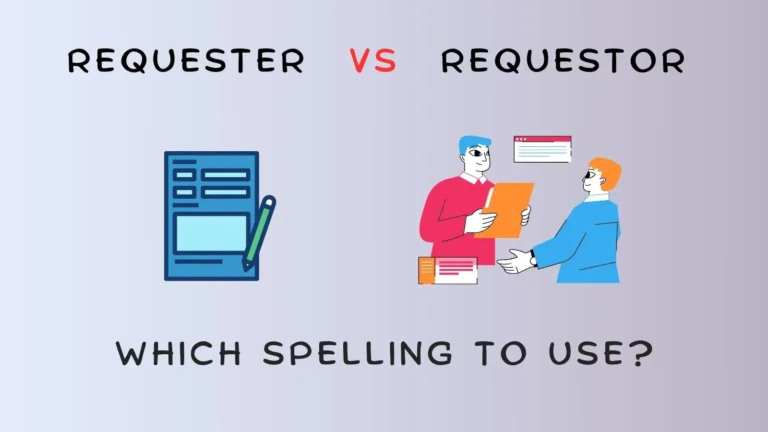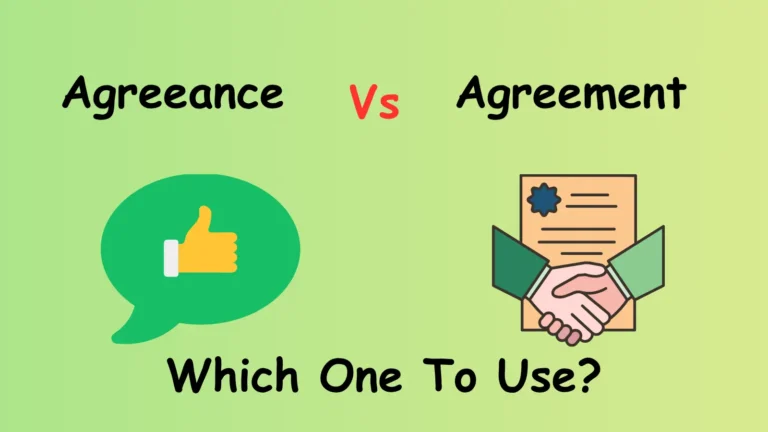Ad Vs Add – Meaning & Uses
You’re confusing two homophones ‘Ad vs add‘ that sound identical but serve different purposes. “Add” is a verb meaning to combine, increase, or include something—like adding numbers or adding items to a list. “Ad” is a noun that’s short for advertisement, referring to promotional content like TV commercials or online banners. The key difference lies in function: “add” describes an action of combining, while “ad” names a marketing tool. Understanding their distinct roles will sharpen your writing precision and eliminate common errors.
Understanding the Basic Difference Between Ad and Add
The distinction between “ad” and “add” represents one of English’s most common spelling mix-ups, yet understanding their difference is straightforward once you grasp their basic functions.
“Add” serves as a verb meaning to combine, increase, or include something with another thing, while “ad” functions as a noun representing a shortened form of “advertisement.”
Add functions as an action verb for combining or increasing, while ad serves as a noun meaning advertisement.
You’ll use “add” when describing actions like combining numbers in math, including items in a list, or increasing quantities, whereas you’ll use “ad” when referring to promotional content like commercials, banners, or marketing messages.
Mastering ad vs add eliminates confusion and improves your writing precision substantially.
Why These Words Are So Often Confused
Identical pronunciation creates the primary source of confusion between “ad” and “add,” as both words sound exactly the same when spoken aloud.
You’ll encounter this add vs ad dilemma because these homophones differ by just one letter, making them easy to mix up during quick typing or casual writing.
The brevity of both words compounds the problem—you’re dealing with simple, common terms that appear frequently in everyday communication.
When you’re writing quickly, your brain processes the sound rather than the spelling, leading you to choose ad or add incorrectly based on phonetic memory rather than meaning.
Complete Guide to Using “Add” Correctly
Master the word “add” by understanding its primary function as a verb that means to combine, increase, or include something with another element.
When you’re learning how do you spell add, remember it’s spelled with double “d” at the end.
Use “add” correctly in these situations:
- Mathematical operations: “Add these numbers to find the total”
- Including items: “Add your signature to the document”
- Increasing quantity: “Add more seasoning to taste”
- Contributing information: “I’d like to add one more point”
You’ll confidently use “add” when you remember it’s always about joining, combining, or increasing something existing.
Everything You Need to Know About “Ad”
Understanding “ad” begins with recognizing it as a shortened form of “advertisement” that functions exclusively as a noun in English.
You’ll encounter ads everywhere—television commercials, newspaper promotions, online banners, and social media posts.
When learning how to spell ad, remember it’s simply two letters: a-d. You can’t use “ad” as a verb like “add.” Instead, you’d say “advertise” for the action.
Common phrases include “TV ad,” “print ad,” or “ad campaign.” The word’s brevity makes it perfect for headlines and casual conversation, while “advertisement” remains the formal term in professional contexts.
Common Mistakes and How to Avoid Them
Here are four strategies to prevent these mistakes:
- Remember the purpose( ad or add for advertisement) – “Add” means to include or combine; “ad” means advertisement
- Check your math – If you’re calculating, you need “add”
- Think marketing – For promotional content, use “ad”
- Proofread carefully – These words sound identical but have completely different meanings
Always pause and consider context before choosing between these commonly confused words.
Memory Tricks to Remember the Difference
Mnemonics offer powerful tools to distinguish between “add” and “ad” in your writing.
Remember that “add” contains double letters, just like addition involves combining multiple elements. Think “Add has more letters because you’re adding more.”
For “ad,” associate it with “advertisement” – both start with the same letters.
When you’re unsure whether it’s ad or add, ask yourself: “Am I describing an action or a promotional message?” If it’s an action involving combination or increase, use “add.” If it’s about marketing or promotion, choose “ad.”
These simple associations will eliminate confusion permanently.
Find Useful to know: Afterward or Afterwards
Real-World Examples in Context- Ad vs Add
Workplace scenarios frequently showcase the distinction between “add” and “ad” in professional settings.
You’ll encounter these words daily across various contexts where precise usage matters for clear communication.
Consider these emotional workplace moments:
- Disappointment: “We need to add more budget” versus “The ad campaign failed”
- Excitement: “Let’s add this feature!” versus “Our ad went viral!”
- Frustration: “Please add the corrections” versus “The ad contains errors”
- Relief: “Add my signature here” versus “The ad deadline’s extended”
You’ll notice “add” involves action and inclusion, while “ad” references promotional content.
Understanding this distinction prevents costly miscommunication.
Practice Exercises to Master Both Words
Mastering the difference between “add” and “ad” requires deliberate practice through targeted exercises that reinforce their distinct meanings and uses.
Start by completing fill-in-the-blank sentences where you must choose between add or ad.
Create flashcards with definitions and example sentences for each word.
Practice writing original sentences using both terms correctly in context.
Try proofreading exercises where you identify and correct misused words in sample paragraphs.
Quiz yourself by explaining when to use add versus ad without looking at references.
These focused practice methods will strengthen your understanding and eliminate confusion between these commonly mixed-up words.
Frequently Asked Questions
Are There Any Other Abbreviations That “Ad” Can Stand For?
Yes, you’ll encounter “ad” as an abbreviation for several terms beyond advertisement. It commonly stands for active duty, Alzheimer’s disease, and anno Domini (meaning “in the year of our Lord” for dates).
What Is the Etymology and Historical Development of These Words?
You’ll find “add” traces back to Latin “addere” meaning “to give to,” while “ad” simply shortened from “advertisement,” which derives from Latin “advertere” meaning “to turn toward” something.
Do Other Languages Have Similar Confusing Word Pairs Like Ad/Add?
You’ll find similar confusing word pairs in many languages. French has “ver” (worm) and “vers” (toward), while Spanish confuses “haber” (to have) and “a ver” (let’s see). These homophones challenge learners universally.
Are There Regional Differences in How Ad and Add Are Used?
You’ll find minimal regional differences in “ad” and “add” usage. Both words maintain consistent meanings across English-speaking regions. However, you might notice “advert” used more commonly than “ad” in British English contexts.
What Are the Best Synonyms to Use Instead of Add or Ad?
Like choosing the right tool for each job, you’ll want “include” or “combine” instead of “add,” and “advertisement” or “commercial” instead of “ad.” These synonyms create clearer, more professional communication.
Final Verdict
You might think memorizing another grammar rule isn’t worth your time, but mastering “ad” versus “add” will instantly elevate your writing credibility. You’ll no longer second-guess yourself when crafting emails, reports, or social media posts. Remember: “add” means to combine or include something, while “ad” refers to advertisements. Practice these distinctions daily, and you’ll automatically choose the correct word. Your improved accuracy will impress colleagues, clients, and readers who notice these professional details.







